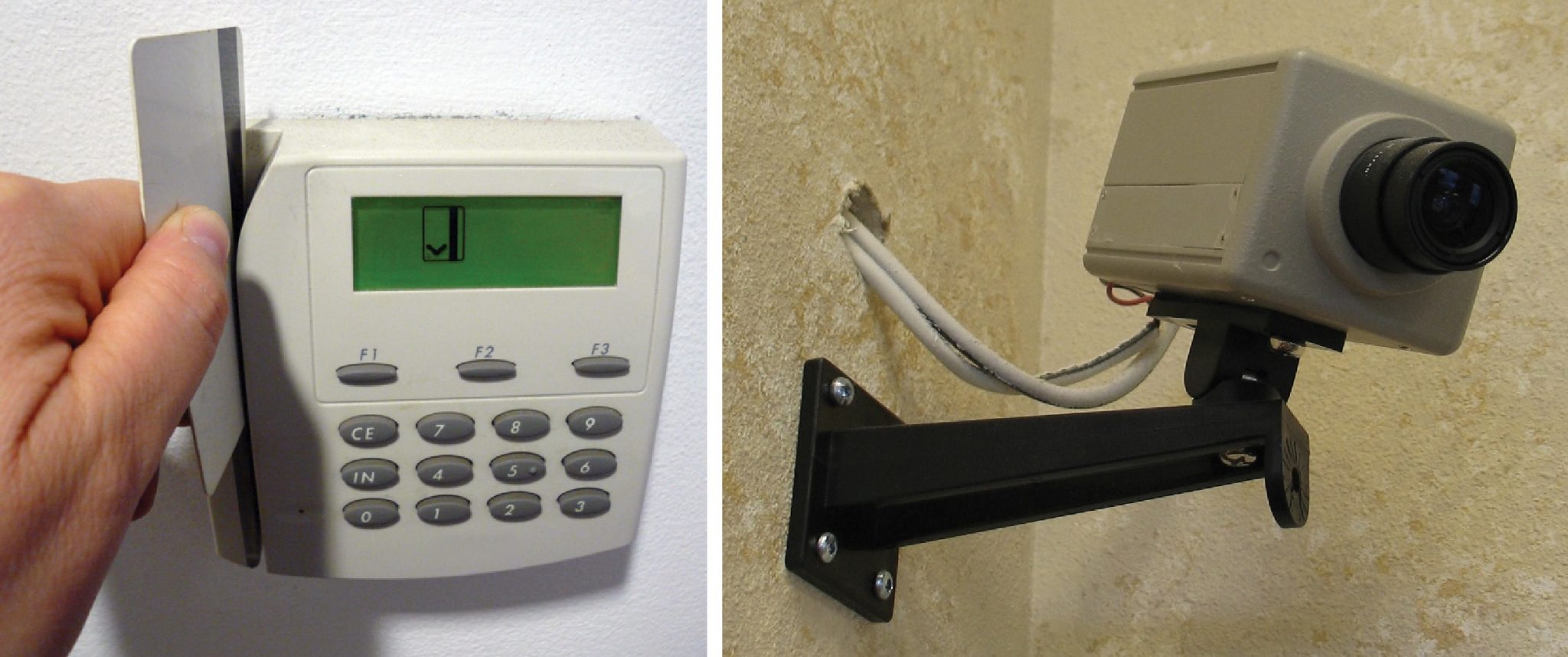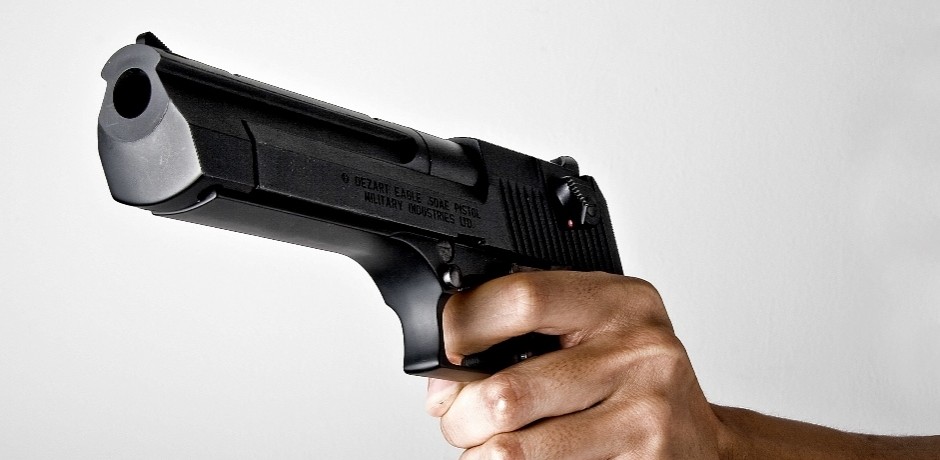The Threat of an Active Shooter
Today, the unfortunate news of a shooting at our nation’s schools is far too common. As educational campuses implement security measures and create plans of action in the event of an attack, Corporate America is also considering their course of action to mitigate the threat of, and prepare for, an active shooter.
IBM
Perhaps the earliest adopter of modern secure lobby and lockdown procedures in a corporate setting was IBM. In May of 1982, two IBM employees were killed and eight people were injured when a man opened fire at a Bethesda, Maryland office. A third employee died shortly after the attack. Later that year, one employee was killed and four others injured by a man who entered a Raleigh, North Carolina office with a rifle and two gasoline fire bombs.
Shortly after the terrible attacks, IBM renovated their offices to create a safer space. Lobbies were secured with lockdown features designed to keep out violent visitors – estranged spouses, disgruntled customers, angry former employees, etc. Card reader controls were installed on doors to secure the lobby. CCTV cameras provided an overview of the lobby. Systems were specifically programmed to react in the event of an attack or threat.

The Secure Lobby
Secure lobbies provide a barrier system between the lobby and remaining building space, and are incredibly beneficial in offices and schools. Prior to gaining building access, visitors must be vetted in the lobby: after all, it is rare that angry spouses, disgruntled customers, or former employees will have an appointment. The barrier between the lobby and building may be solid walls with steel or wooden doors, or it may contain glazing. To prevent an active shooter from proceeding further into the building, a glazed barrier wall should be ballistic resistant, or at least be a laminated glazing that will hold together if fired upon.
Ideally, if a building is designed to make it difficult for an attacker to reach their intended targets, he or she will reconsider the assault and diffuse the situation by leaving. One common door system is a card reader controlled revolving door, which is available with ballistic resistant material.
The Lockdown System
Early systems were configured and programmed such that when a duress or panic button was depressed at the reception desk, the following series of actions would be taken by the electronic security systems.
- Card readers enabling passage to the office area would be inhibited so that an access card could not be taken from an employee in the lobby and used to gain access to the office area.
- A duress alarm signal would be transmitted to the Security Operations Center (SOC) which annunciated an audible alarm in the SOC and in the local manager’s office.
- Video from the camera covering the lobby area would be displayed in the SOC and in the local manager’s office.
- A microphone in the lobby would be activated to allow audio monitoring of the lobby, in the SOC, and the local manager’s office.
- Audio and video signals would be recorded.
While technology has improved and variations exist depending on the building type, location and threats, many of the processes and actions for active shooter mitigation today remain viable in the K-12 and corporate worlds.

